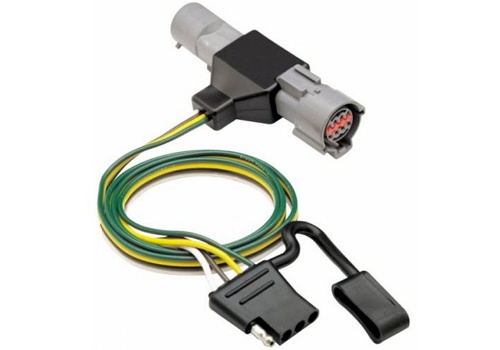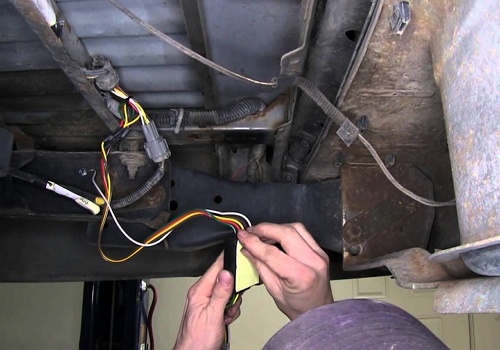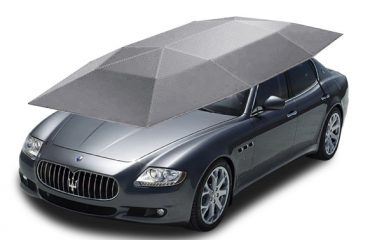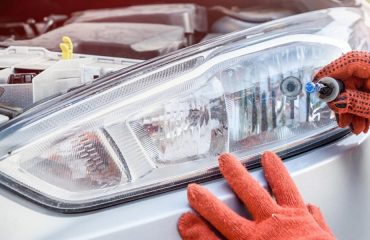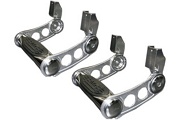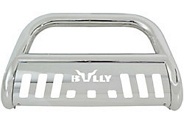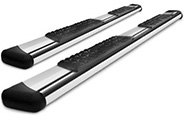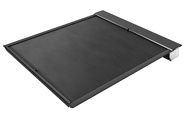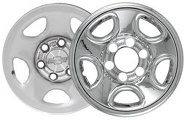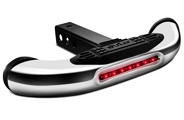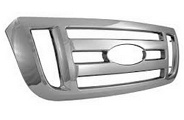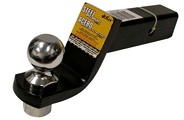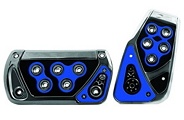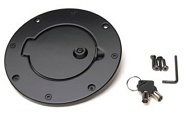Most of these days’ trucks come pre-wired for trailer towing with a connection in or behind the rear bumper, but of course it is not always the case. Some need the right adapter, some require a vehicle specific trailer light wiring kit with a T-connector, while some need electrical work to be done, including splicing, soldering, and taping of wires. So the guidelines on how to install trailer lights first of all depend on what you have.
Products are available — click below to view them!
SEE DETAILS ON EBAYOn vehicles that have a factory-installed tow package, there is a ready-made trailer harness connector in the rear. The best case scenario is when you have the same connector type on your tow vehicle and on your trailer. There are four types of connectors used for trailer wiring:
- 4-pin connectors are the basic design. It allows you to hook up turn signals, running lights, and brake lights (which are three major lighting functions), also featuring one ground pin.
- 5-pin connectors have one additional terminal for surge or hydraulic brakes.
- 6-pin connectors allow for two extra functions, typically 12-volt ‘hot’ lead and electric brakes.
- 7-pin connectors provide all of the functions of 6-pin connectors with the additional terminal for backup lights.
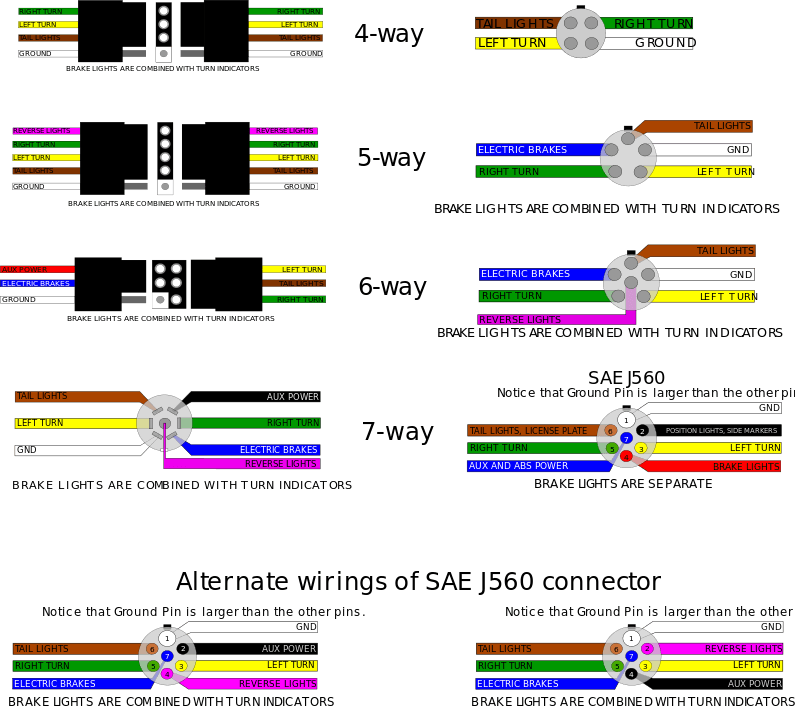
Image by en.wikipedia.org
So, if both your vehicle and trailer have the same style 4-pin plug, all you need to do is connect them and test the lights. If connectors are not of the same type, there is an easy way out – you’ll need to buy an adapter with the appropriate connectors on each end.
Wondering how to install trailer lights on a vehicle that doesn’t come standard with a factory trailer package? You can still get an aftermarket trailer wiring kit to make a connection. Most of such kits are vehicle specific and take the wiring work out of hooking up, which means no cutting, splicing, or soldering of wires.
There will be the so-called T-connector (T-harness) included in the kit, with two plugs for each of the tail lamps. What you will need to do is unplug the tail light harnesses and plug in the T-connector between the vehicle wiring harness and its tail lamps. It may take some time, depending on whether some interior panels need to be removed to provide access to the tail lights.

